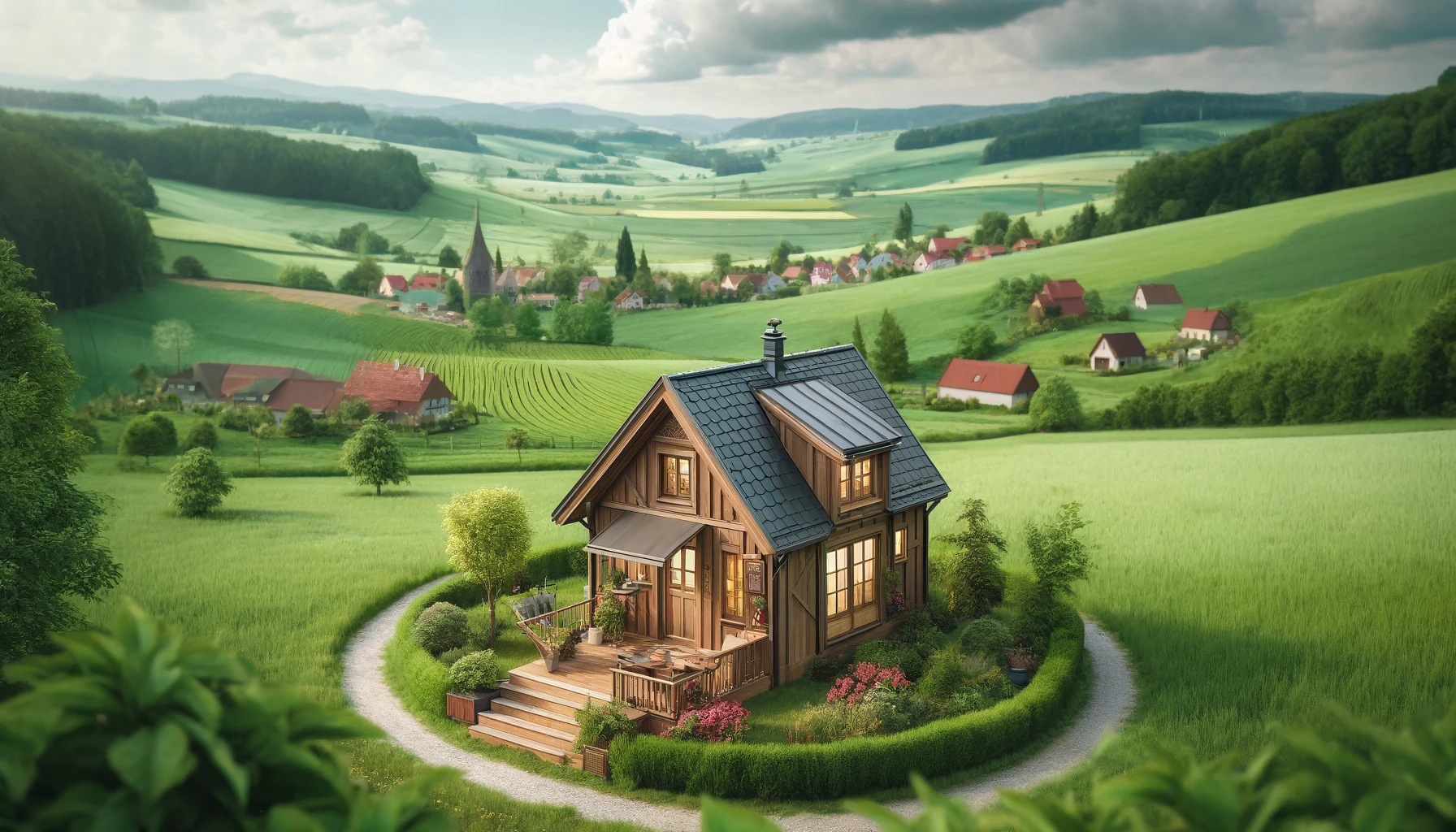In addition to inspiring a trend toward minimalist living, tiny homes’ allure and creative design have drawn attention from the online community. This phenomena is exemplified by Tiny House Homeland, which shows how these small living spaces have gone viral, especially with younger people who are looking for more independence and sustainability in their living arrangements.
Exposing the Digital Journey of the Tiny House Movement
Tiny houses are popular because they appeal to a general desire for a more straightforward, environmentally friendly lifestyle that goes far beyond their physical limitations. This trend has found a lively home on social media, driven by the aspirations and technological prowess of Millennials and Gen Z.
From Digital Streams to Sustainable Dreams
- The Origins of Compact Living: A thorough examination of the tiny house movement’s beginnings indicates a rising inclination toward a way of life that prioritizes environmental concern over material excess.
- The Youthful Vanguard: Driven by a desire to protect the environment and financial strains, younger people are not only embracing tiny living but also sharing their experiences on social media and inspiring others in the process.
Social Media: The Platform for Chronicles of Tiny Homes
Because tiny house fans favor visually driven storytelling, TikTok has emerged as a crucial venue where the tale of these charming homes is told. The story of tiny homes is told across a variety of social media channels.
- Recording Tiny Triumphs: Younger homeowners’ growing online presence of their tiny homes draws attention to the imaginative and environmentally responsible features of tiny living, which resonates with a broad audience.
- Influencing the Influencers: As more people rely on social media for motivation, owners of tiny homes become influencers, offering their knowledge and encouraging a wider uptake of small living areas.
Building and Presenting Your Ideal Tiny House

In the midst of growing interest in tiny homes, developers and would-be homeowners are navigating more lucid rules and using social media to showcase their distinctive layouts and lifestyles.
- Design Inspirations and Choices: Social media trends provide a wealth of ideas for opulent amenities and creative space utilization, which can help decide between prefab models and custom-built tiny homes.
Increasing the Social Presence of Your Tiny Home
The art of marketing a small house on social media in the current digital era necessitates the creation of interesting, high-caliber material that embodies compact living and builds a feeling of community among tiny home lovers.
- Creating Engaging Content: Using a range of media, such as immersive tours and TikTok’s short films, a tiny home’s online presence and attractiveness can be greatly increased.
- Building Real Connections: Sincere interactions with fans and other small house owners enhance the online tiny house community by promoting advice and experience sharing.
Final Thoughts: Limelight Tiny Homes
The emphasis is still on adopting this lifestyle for its core values—simplicity, sustainability, and community—rather than just for its online appeal, as small homes continue to captivate social media users worldwide. Prospective tiny homeowners are urged by Tiny House Homeland to put their personal fulfillment ahead of flimsy digital trends. The company is still dedicated to offering information and resources to people who are motivated by the tiny house revolution. The smallest spaces in our era of compact living frequently have the greatest opportunity for creativity, community, and a return to what makes a home feel like home.

